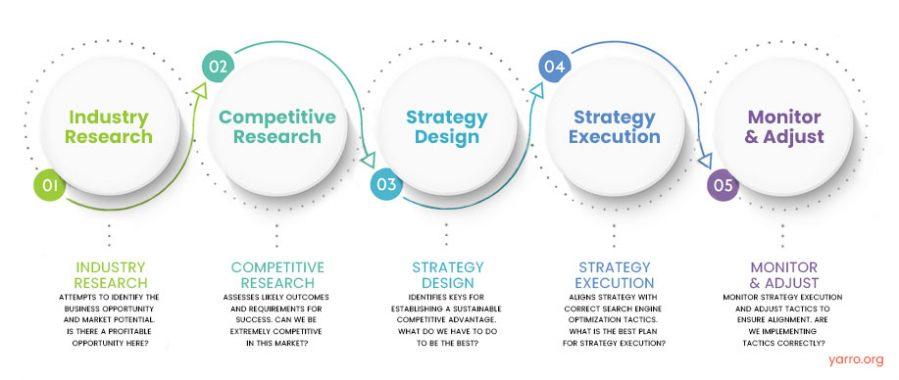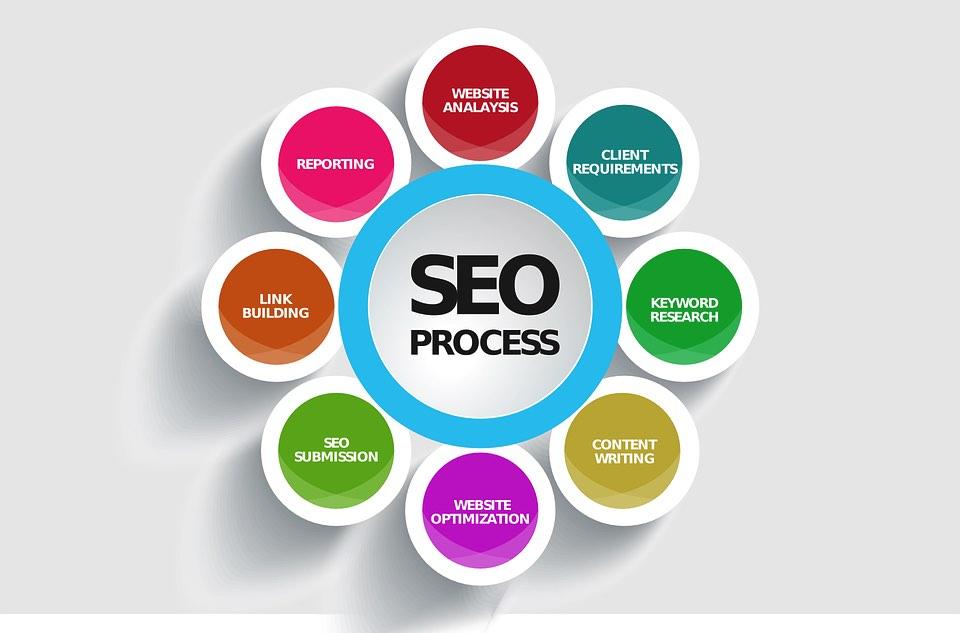



In the digital age,where online presence can make or break a business,the importance of Search Engine Optimization (SEO) is often underscored by its promise of elevated visibility and increased traffic. Yet, for many companies, the reality of their SEO journey is far from the anticipated success. Despite investing time,resources,and expertise,numerous businesses find their SEO efforts yielding results that fall short of expectations.What’s to blame? Is it a lack of understanding, misguided strategies, or perhaps the ever-evolving landscape of search algorithms? In this article, we will explore five key reasons why SEO initiatives may not deliver the anticipated outcomes, shedding light on common pitfalls and offering insights into how businesses can refine their approach for lasting impact. Whether you’re a seasoned marketer or a business owner navigating the complexities of digital marketing, understanding these challenges can be the first step towards harnessing the true power of SEO.
Many businesses invest significantly in SEO, yet the gap between these efforts and the anticipated outcomes often leaves stakeholders puzzled. A primary factor in this disconnect is the failure to align SEO strategies with overarching business objectives. For instance, while an SEO team might focus on increasing organic traffic, they may overlook key performance indicators (KPIs) that truly reflect business success, such as lead conversion rates or customer lifetime value. This mismatch can lead to a situation where traffic spikes do not translate into meaningful revenue, prompting a reassessment of what ‘success’ looks like in the context of business growth.
Additionally, a lack of communication between SEO specialists and other departments can exacerbate this issue. When SEO strategies are crafted in a vacuum, they might not take into consideration the nuances of customer behavior or the specific offerings of the business. For example, if the content produced does not resonate with target demographics or lacks a clear call-to-action, potential customers may not engage as intended. To bridge this gap, organizations should foster a collaborative environment where insights from sales, marketing, and customer service inform SEO initiatives, ensuring all efforts contribute cohesively towards shared goals. Some practices to consider include:

Many businesses dive into SEO with high hopes but frequently enough find their efforts yielding underwhelming results. One common issue is neglecting keyword research. Businesses may assume they know what their audience is searching for, only to miss the mark entirely. Without a extensive understanding of keywords—both short-tail and long-tail—content can miss its target audience,leading to poor engagement. Another frequent pitfall is overlooking on-page SEO elements. Components such as title tags, meta descriptions, and header tags play crucial roles in how search engines index content. Failing to optimize these elements can severely diminish visibility in search results.
Furthermore,ignoring mobile optimization is a critical mistake in today’s digitally driven landscape. With a majority of users accessing content via mobile devices, a non-responsive site can lead to higher bounce rates and lower rankings.Additionally, many businesses underestimate the importance of link building. Poor link profiles can hinder a site’s authority and its ability to rank effectively.Lastly, not tracking performance metrics can result in missed opportunities for improvement.Without proper analytics,it is nearly unachievable to assess what strategies are working and which ones need recalibrating.

Understanding and aligning SEO strategies with user intent is essential for driving meaningful traffic. When businesses create content based solely on generic keywords rather than considering the specific questions and needs of their audience, they often miss the mark. This misalignment can lead to high bounce rates as users arrive on pages that do not satisfy their queries.Key points to consider include:
Furthermore, the user experience (UX) plays a critical role in how SEO efforts translate into business outcomes. An intuitive, well-structured website not only attracts organic traffic but also retains it. If users find a site frustrating or arduous to navigate, they are unlikely to interact with the content or convert to customers. The intersection of SEO and UX can be highlighted through:
| Aspect | Impact on SEO |
|---|---|
| Page Load Speed | Impacts user retention and ranking signals to search engines. |
| Mobile Responsiveness | Ensures accessibility for users, enhancing dwell time and interaction. |
| Clear Navigation | Aids in reducing bounce rates and improves overall site engagement. |

To tackle the common pitfalls that hinder SEO success, businesses need to adopt a proactive approach that involves continuous learning and adaptation. One effective strategy is to regularly audit your website for technical SEO issues such as broken links, slow page loading times, and mobile-friendliness. By maintaining a well-optimized site architecture, you can improve user experience and search engine rankings. Additionally, embracing data analytics tools can offer actionable insights into user behavior and content performance, allowing you to fine-tune your strategies. Collaborative workshops within interdisciplinary teams can also foster an innovative environment that encourages sharing ideas about future content direction and keyword opportunities.
Another essential tactic is to establish a mobile-first strategy. With the increasing reliance on mobile devices, enhancing mobile usability is non-negotiable. This means optimizing your content for smaller screens and ensuring fast load times. furthermore, engage in regular keyword research to stay ahead of search trends. Prioritizing long-tail keywords can attract a more targeted audience, leading to higher conversion rates. To visualize this, here’s a simple table illustrating the impact of diverse keyword strategies on potential traffic:
| Keyword Type | Traffic Potential | Competition Level |
|---|---|---|
| Short-tail Keywords | High | Very High |
| Medium-tail Keywords | Medium | Medium |
| Long-tail Keywords | low | Low |
navigating the intricate landscape of SEO can often feel like traversing a labyrinth—filled with potential pitfalls and the promise of a golden outcome. Understanding the five key reasons why SEO efforts may fall short of expectations equips businesses with the insight needed to recalibrate their strategies. Whether it’s inconsistent implementation, a lack of clear goals, or the ever-evolving algorithms of search engines, awareness is the first step towards turning challenges into opportunities.
As the digital world continues to evolve at a breakneck pace, it’s essential to remain agile and informed. Armed with knowledge, businesses can enhance their approach, refine their tactics, and ultimately harness the true potential of SEO. while the journey might potentially be complex, the destination—a thriving online presence and improved visibility—makes the effort worthwhile. so, take a moment to reevaluate your strategies, and let this be the foundation for a more effective and ultimately rewarding SEO journey. Your online success awaits, and this time, you’ll be better prepared to seize it.